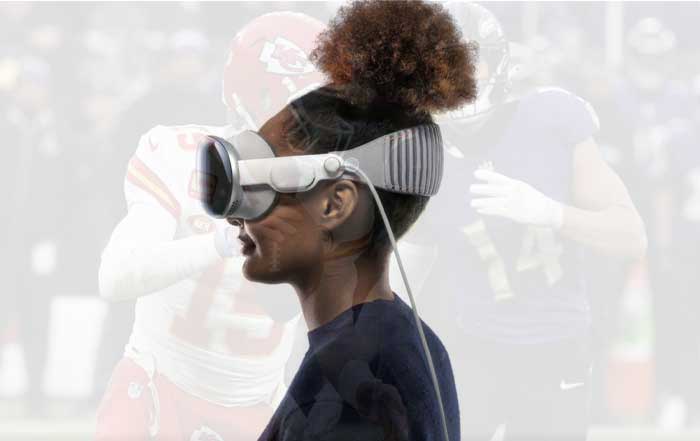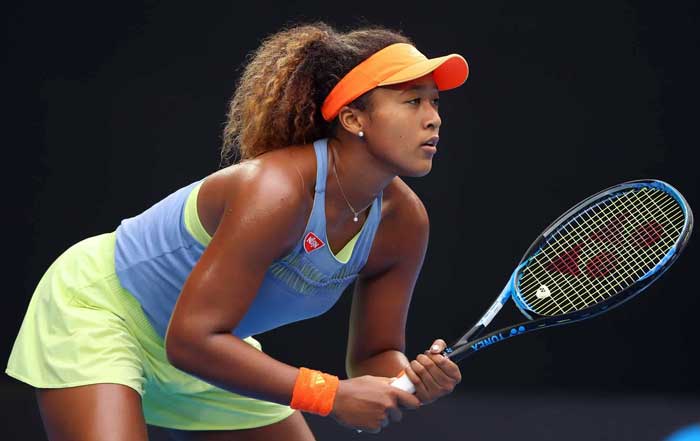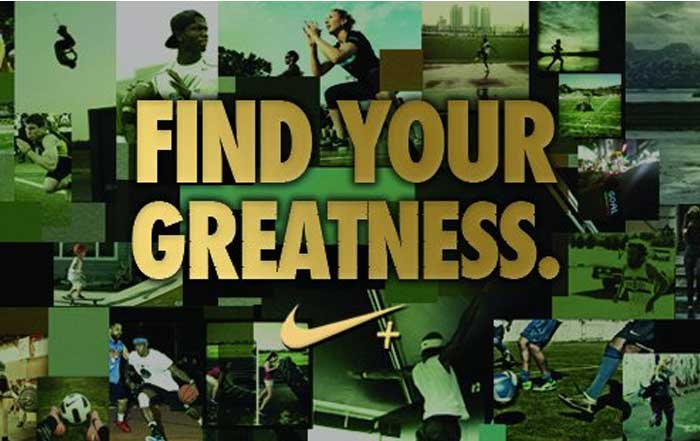The sports industry has always been a reflection of broader economic, cultural, and technological currents, but in 2025 it stands at a unique inflection point. Sports are no longer confined to the pitch, the court, or the stadium; they have become a global business ecosystem that spans broadcasting, sponsorships, fashion, wellness, travel, technology, and even geopolitics. From billion-dollar broadcast rights deals and the rise of eSports to new investments in sustainable infrastructure and athlete-led ventures, the industry today is marked by unprecedented growth, diversification, and disruption.
For readers of xdzee.com, who are keenly engaged with sports, adventure, business, travel, and world news, this outlook provides a comprehensive analysis of the forces shaping the sports industry worldwide. It will examine regional trends across the United States, United Kingdom, Europe, Asia, and Africa, while also considering how technology, sustainability, and fan engagement are rewriting the playbook of modern sports.
The Expanding Global Market for Sports
The sports industry remains one of the world’s largest entertainment markets, valued at over half a trillion dollars globally in 2025. The United States dominates in terms of revenue, with leagues such as the NFL, NBA, and MLB continuing to attract record audiences and lucrative media deals. Meanwhile, European football maintains its place as the world’s most followed sport, with UEFA Champions League matches drawing hundreds of millions of viewers.
At the same time, markets in Asia, particularly China, India, and Japan, are fueling new growth, both in traditional sports like football, basketball, and cricket, and in emerging segments such as eSports. Africa and South America, long known for producing top talent, are also beginning to capture more commercial opportunities through league expansions, sponsorships, and cross-border investments.
Learn more about evolving global sports business models.
Broadcasting, Streaming, and the Battle for Fan Attention
One of the most significant transformations in the sports industry today is the shift from traditional broadcasting to digital streaming. Media giants such as Disney’s ESPN, Amazon Prime Video, and Apple TV have heavily invested in sports rights, challenging the dominance of traditional networks.
In the United Kingdom, the Premier League’s broadcast rights auctions continue to break records, while in North America, platforms like YouTube TV and Peacock/NBCUniversal have become go-to destinations for live sports. This shift has created both opportunities and challenges, as fans now demand personalized, interactive, and on-demand experiences.
Moreover, technologies such as augmented reality (AR) and virtual reality (VR) are beginning to redefine fan engagement. Fans can immerse themselves in live games through VR headsets, access real-time stats, and interact with athletes virtually, blurring the line between physical and digital experiences.
For those passionate about new ways to consume and enjoy sports, innovation in fan engagement is now one of the industry’s most competitive frontiers.
Sponsorships, Branding, and the Power of Global Sports Marketing
Sports sponsorships remain one of the most effective global marketing tools. Multinational brands such as Nike, Adidas, Coca-Cola, and Visa continue to leverage major sporting events to reach worldwide audiences. At the same time, digital-native companies like Spotify, TikTok, and Netflix are becoming more visible in the sponsorship landscape, targeting younger demographics.
The Olympic Games in Paris 2024 and the upcoming 2026 FIFA World Cup hosted across the United States, Canada, and Mexico represent unparalleled opportunities for global brands to connect with billions of fans. For athletes, personal branding has become equally crucial, with stars like LeBron James, Lionel Messi, and Naomi Osaka building multimillion-dollar ventures off the field, creating lifestyle brands, investing in startups, and advocating for social issues.
Read more on how brands and athletes are redefining sponsorship value in modern sports.
The Role of Sustainability in Sports Development
With rising concerns about climate change and environmental impact, sustainability has become central to sports development. Stadiums across the world are being built with eco-friendly materials, renewable energy systems, and water recycling facilities. FIFA, Formula 1, and the International Olympic Committee (IOC) have all committed to ambitious carbon-reduction goals, setting new standards for event organizers.
In Europe, particularly in countries such as Germany and Sweden, sports organizations are leading efforts to integrate sustainable practices, from zero-waste stadiums to climate-positive sponsorship programs. Meanwhile, in Asia and North America, leagues are beginning to use sports platforms to promote environmental awareness campaigns.
Sports tourism also intersects with sustainability, as more travelers seek eco-friendly adventures, blending their love for competition with responsible travel. Fans planning to combine travel with sports can explore destination guides that emphasize both performance and environmental responsibility.
Adventure Sports and the Expanding Frontier of Experience
Adventure sports are no longer niche activities; they have evolved into mainstream industries with global appeal. Activities such as surfing, kitesurfing, mountaineering, and snowboarding have seen rising participation, particularly in regions like the Alps, Himalayas, and coastal areas of Australia and Brazil.
The growing appetite for adventure reflects broader lifestyle shifts toward experiences, wellness, and holistic living. Millennials and Gen Z, who value personal growth through travel and exploration, are driving demand for adventure sports packages, eco-lodges, and multi-sport holidays.
For readers seeking to understand how adventure links with global trends in health and business, adventure sports are becoming both a personal pursuit and a profitable sector.
Global Sports Industry Dashboard 2025
Top Revenue Generating Sports
Jobs and Careers in the Sports Industry
The sports industry is also a major employer, generating millions of jobs worldwide. Careers extend beyond athletes and coaches, encompassing areas such as event management, sports medicine, analytics, journalism, and digital marketing.
In North America and Europe, universities and private institutions are expanding sports management programs, preparing professionals for roles in global sports organizations. In Asia, particularly in Singapore and South Korea, the rise of eSports has created entirely new career paths, from professional gamers to tournament organizers and digital strategists.
For those considering careers in sports, opportunities and jobs now cover traditional and emerging sectors, making it one of the most dynamic employment landscapes worldwide.
Technology and Data in Modern Sports
Technology has become inseparable from the sports industry, reshaping both athletic performance and fan engagement. Wearable devices, powered by companies like Whoop and Garmin, provide athletes with real-time performance analytics, while AI-driven scouting tools help clubs identify new talent with greater accuracy.
Data analytics are also transforming game strategies, sponsorship valuations, and ticket pricing models. Major League Baseball’s Statcast system, the NBA’s player tracking technology, and similar tools in football and rugby illustrate how data has become a competitive asset.
Technology’s influence extends beyond performance, impacting safety, ethics, and accessibility, ensuring that athletes are protected and fans are included in the evolving sports culture. To explore these changes further, readers can follow performance innovation and safety updates.
Sports Tourism and the Economic Impact
Sports tourism has become one of the fastest-growing segments of the global travel industry, contributing significantly to local and national economies. Fans no longer simply attend matches in their hometowns; instead, they travel across countries and continents to watch their favorite teams or athletes. Events such as the FIFA World Cup, the Olympic Games, and the Super Bowl generate billions of dollars in tourism revenue through hospitality, retail, and transportation.
In the United States, cities like Los Angeles, Miami, and New York regularly host major sporting events that attract international visitors, boosting hotel occupancy rates and creating temporary job opportunities. In Europe, cities such as London, Paris, and Barcelona continue to thrive as hubs for both domestic and international sports tourism, driven by their world-famous clubs and venues.
Emerging markets are also benefiting from this trend. Qatar, after hosting the 2022 FIFA World Cup, invested heavily in sports infrastructure and continues to attract regional tournaments, while South Africa leverages rugby and cricket to promote tourism. This interplay between sports and travel aligns closely with the audience of xdzee.com/travel, reflecting the fusion of leisure, adventure, and global exploration.
Regional Perspectives on the Sports Industry
United States and North America
North America remains the most commercially lucrative sports market in the world. The NFL commands staggering broadcast rights fees, with the Super Bowl continuing to be the most-watched annual sporting event. The NBA and Major League Baseball have also expanded their international presence, hosting exhibition games in China, Europe, and Mexico to capture global audiences.
The United States is also a leader in sports technology and analytics. Startups focused on performance tracking, fan engagement, and sports betting platforms have received billions in venture capital investment. Meanwhile, Canada’s focus on ice hockey and the growth of basketball in cities like Toronto show the diversification of sports interest across the region.
United Kingdom and Europe
Europe’s sports industry is defined by football, but also by its ability to balance tradition with innovation. The Premier League, La Liga, Bundesliga, and Serie A dominate global football broadcasting, while new initiatives focus on sustainability and inclusivity.
In Germany, Bayern Munich has been at the forefront of club-led innovation, investing in youth academies and green stadiums. In Spain, FC Barcelona and Real Madrid have become cultural icons, expanding their global fan base through merchandise and digital media. The UK also continues to dominate in sports law, finance, and governance, hosting influential institutions that shape policy and business.
For readers exploring Europe’s role in the sports world, xdzee.com/world offers deeper coverage of the continent’s expanding global influence.
Asia
Asia is the most dynamic growth region for sports, combining massive populations with growing disposable incomes. China has made football development a national priority, while India’s Indian Premier League (IPL) is now one of the world’s most valuable sporting competitions. Japan and South Korea maintain strong baseball and football markets, while also excelling in eSports, which are now recognized by governments as legitimate sporting activities.
The rapid rise of Asian sports has also led to more cross-border partnerships, with European football clubs establishing academies and partnerships in the region. Asia’s growing role as a sports hub is set to expand further in the lead-up to global events such as the 2032 Summer Olympics in Brisbane, which will have significant regional involvement.
Africa
Africa has long been a talent factory for global football, but it is increasingly seeking to build its own commercial sports identity. Leagues in South Africa, Nigeria, and Kenya are attracting investment, while government-backed initiatives aim to improve infrastructure and training facilities.
The continent’s potential in athletics, rugby, and basketball remains high, and international brands are starting to recognize Africa as a key growth market for sponsorship and sports tourism. As internet penetration increases, digital media is giving African athletes greater visibility on the world stage, opening doors for both regional pride and global partnerships.
South America
South America’s sports identity remains deeply tied to football, with Brazil and Argentina at the heart of global sporting culture. Clubs like Boca Juniors, River Plate, and Flamengo are building larger commercial networks, while Brazil continues to host major global competitions. Rugby and basketball are also gaining traction in countries like Argentina and Chile, reflecting a broader diversification of interest.
For readers of xdzee.com/sports, South America offers insights into both the passion-driven side of sport and the business potential it carries for future growth.
The Rise of Women’s Sports and Gender Equity
The most transformative social change in sports today is the rise of women’s competitions and the growing emphasis on gender equity. Once marginalized in terms of investment and visibility, women’s sports are now breaking records in viewership, sponsorships, and attendance.
The FIFA Women’s World Cup 2023 set new audience records, and in 2025, leagues such as the Women’s Super League (WSL) in the UK and the WNBA in the US are securing historic broadcasting deals. Sponsorship from global brands is also shifting toward gender balance, with Nike, Visa, and Unilever investing heavily in female athletes and teams.
This growth is not only commercial but also cultural. The representation of women in leadership roles across sports organizations is increasing, while advocacy for equal pay has gained significant ground. Female athletes such as Serena Williams, Megan Rapinoe, and Iga Świątek have become influential voices beyond the field, shaping global discussions on gender, ethics, and business.
For readers of xdzee.com/culture, women’s sports reflect a broader shift in culture and society toward inclusivity, representation, and equality.
Challenges Facing the Sports Industry
Despite its growth, the sports industry also faces several challenges.
Ethics and Governance
Scandals related to corruption, doping, and mismanagement continue to affect the reputation of sports institutions. The FIFA corruption cases, the debates over the International Olympic Committee’s governance, and ongoing doping controversies highlight the need for greater transparency. Strengthening governance frameworks and ensuring ethical practices will remain central to maintaining trust. Readers can explore this further on xdzee.com/ethics.
Safety and Regulation
Athlete safety is under growing scrutiny. From concussion protocols in football and rugby to heat safety regulations in tennis, governing bodies must balance performance with health. At the same time, the rise of legalized sports betting worldwide has raised concerns over integrity, match-fixing, and regulatory oversight.
Economic Volatility
Sports revenues are closely tied to broader economic conditions. Recessions, inflation, and geopolitical instability can reduce sponsorship budgets, impact fan spending, and affect global tournament planning. The industry must remain resilient to withstand such external shocks.
Future Outlook: Toward 2030 and Beyond
Looking ahead, the sports industry in 2030 will be more interconnected, digital, and socially conscious than ever before. The integration of AI, blockchain, and wearable technology will deepen, enabling hyper-personalized fan experiences and more sophisticated athlete performance monitoring.
Sustainability will become not just an aspiration but a non-negotiable requirement, with global organizations pushing for climate-neutral events. Meanwhile, the continued growth of women’s sports, combined with emerging markets in Asia and Africa, will reshape the industry’s global balance of power.
Sports will also increasingly intersect with other industries—wellness, entertainment, tourism, and finance—making it a multi-dimensional sector that touches nearly every part of modern life. Readers can continue exploring these evolving connections at xdzee.com/news and xdzee.com/lifestyle.
Sports as a Mirror of Society
The sports industry in 2025 is not simply about competition; it is a mirror of the world’s cultural, technological, and economic transformations. From massive broadcasting deals and sustainable stadiums to the empowerment of women’s leagues and the rise of eSports, the sector reflects the aspirations and challenges of a global society in transition.
For the global audience of xdzee.com, the sports industry is more than entertainment—it is a lens to understand business innovation, cultural shifts, and opportunities for the future. As the world looks ahead to 2030, the only certainty is that sports will remain one of the most powerful unifying forces across borders, industries, and generations.








